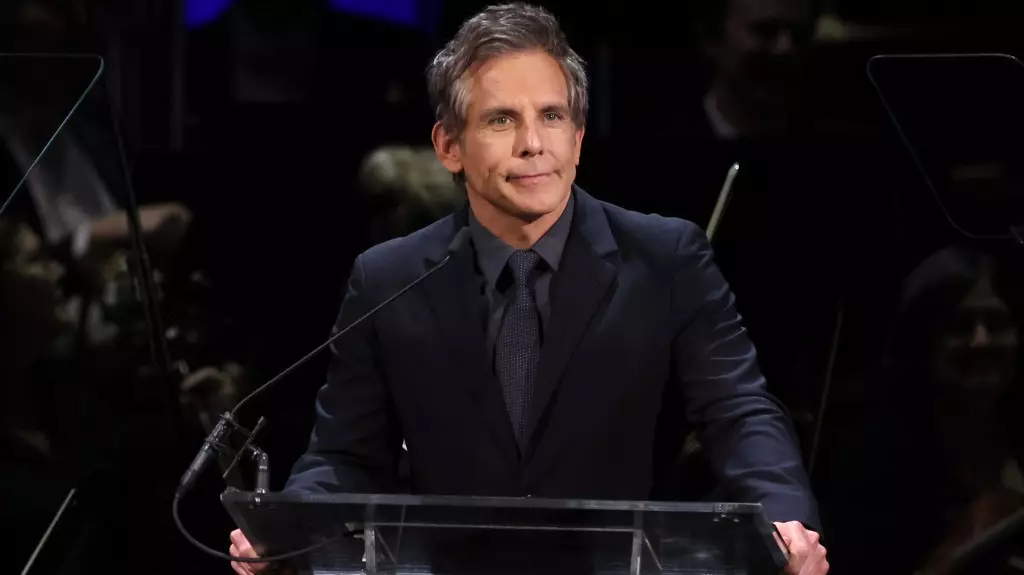In the realm of television, the allure of storytelling often masks a deeper narrative about control and creativity. The Apple TV+ series “Severance,” directed by Ben Stiller, serves as a reflection on this disconnection, not just within its fictional universe but also in the greater context of Hollywood. As Stiller aptly pointed out in a recent interview with the New York Times, the stark limitations faced by the show’s characters symbolize the struggles faced by creators in the entertainment industry.
In “Severance,” characters are forced to divide their identities into their work selves (the innies) and their life selves (the outies). This surgical bifurcation echoes a very real problem for many in Hollywood, where decision-makers often operate behind closed doors, rendering creators powerless in the face of their own narratives. The lack of transparency can be maddening; decisions affecting creative direction often come from faceless executives whose rationale remains obscured.
The Unraveling of Creative Integrity
Stiller’s observation that decisions are frequently communicated in a misleading manner—where a “yes” can mean “no” or a equivocation—is telling of the industry at large. This environment can lead to disillusionment among creatives, who find themselves navigating a system where their contributions are undervalued. The arrival of Helly, played by Britt Lower, disrupts the status quo of the show’s corporate world, mirroring how fresh perspectives in real-life Hollywood often challenge entrenched norms and practices.
As Stiller notes, the complications have intensified due to external pressures like the pandemic and strikes that have rocked the industry. These crises have led to increased costs and risk-averse strategies among decision-makers who prioritize job security over bold storytelling. This dynamic has turned the creation of art into a precarious balancing act between financial viability and creative expression.
Season 2: New Faces and New Challenges
The anticipated second season of “Severance” promises to further delve into these themes, bringing new characters into the fold to enrich the narrative. With stars like Gwendoline Christie and Merritt Wever joining the cast, the series is set to explore even more complex dynamics. The creative team’s ability to wrestle with profound questions about identity, agency, and the corporate world may resonate with audiences who feel similarly stifled in their own careers.
As the release date approaches, questions loom about how these narratives will evolve. Will the show provide a resolution, or will it further reinforce the feeling of entrapment? As the creative environment in Hollywood teeters between innovation and stagnation, “Severance” becomes more than just a thriller; it is a commentary on the battle for creative agency within an industry often blind to its own shortcomings.
Ultimately, “Severance” serves not only as a mirror reflecting the complexities of Hollywood but also as a rallying cry for those in the creative trenches, advocating for a system that values transparency and authentic creative expression over bureaucratic constraints. As the new season hits screens, one can only hope that both the show and the industry will strive for a more equitable relationship between creators and decision-makers.

